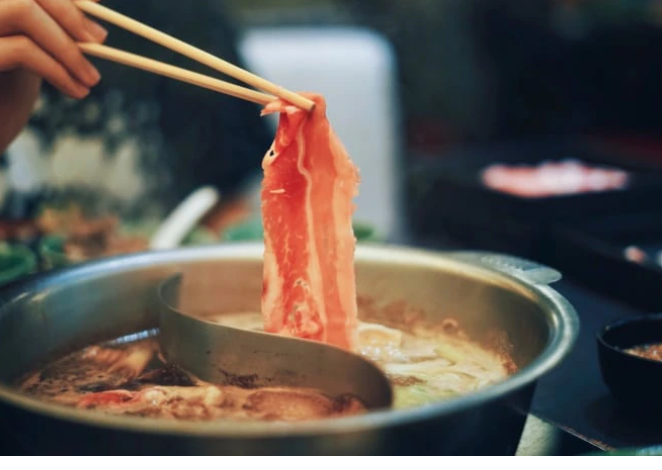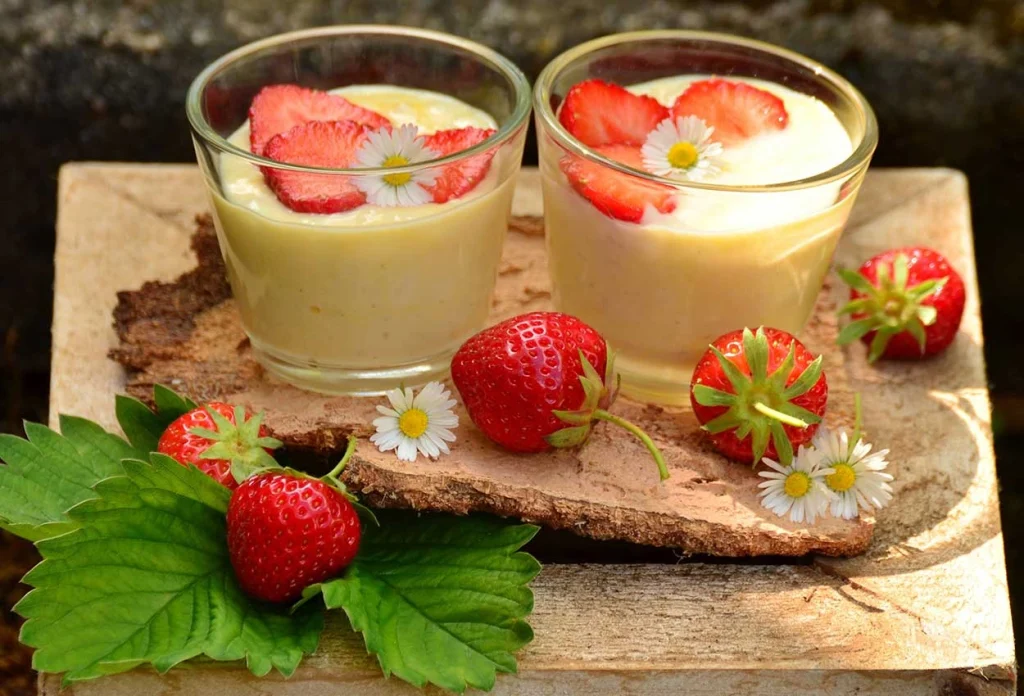Monjayaki is a thinner, more intricate cousin of okonomiyaki and is especially beloved in the Kanto region, with Tokyo being a hotspot for this dish. It starts with a thin, flour-based batter mixed with various vegetables and other ingredients. To prepare monjayaki, you first cook all the ingredients (except the batter) in the pan and finely chop them with a metal spatula. Then, you shape the mixture into a circle and pour the batter on top. Unlike okonomiyaki, monjayaki is typically eaten straight from the pan using small metal spoons that resemble mini spatulas. Many okonomiyaki restaurants also offer monjayaki, making it a fun and delicious variation to try.TakoyakiPhoto byMrB11/ShutterstockPerhaps the most challenging do-it-yourself challenge, takoyaki are savory balls of pan-fried batter filled with pickled ginger and octopus chunks. Restaurants that offer takoyaki griddles are uncommon, but some okonomiyaki restaurants are equipped to handle both. Takoyaki are made on special griddles with round cups, which is how to snack gets its shape. To make takoyaki, mix the batter well and pour it evenly over the pan, and don’t worry about batter overflowing from the cups, it’s supposed to do that. Drop at least one octopus chunk into each one. When the batter is nicely cooked on the bottom, start folding the excess batter over the top so they can flip more easily, and cook the other side. Like okonomiyaki, takoyaki are usually topped with savory sauce, mayonnaise and bonito flakes.Shabu-shabu (Hot Pot)Photo bypangshi/ShutterstockShabu-shabu, also known as hot pot or steamboat, is most often cooked and customized at the table. At shabu-shabu restaurants, you choose your broths and order your fixings, which typically includes vegetables like cabbage, mushrooms and leeks as well as various types of tofu, suigyoza (boiled dumplings) and tsumire, a meaty mixture that comes in a bamboo sleeve. These ingredients are left in the broth to cook and add flavor. The main ingredient is thinly sliced, lean meat which cooks quickly and easily in the hot broth. Many shabu-shabu restaurants offer sukiyaki, as well, which is similar to shabu-shabu except for its signature broth. When making sukiyaki, everything is left in the pot to cook together. It is always made with beef, and usually dipped in raw egg yolk right before eatingMonjayaki is a thinner, more intricate cousin of okonomiyaki and is especially beloved in the Kanto region, with Tokyo being a hotspot for this dish. It starts with a thin, flour-based batter mixed with various vegetables and other ingredients. To prepare monjayaki, you first cook all the ingredients (except the batter) in the pan and finely chop them with a metal spatula. Then, you shape the mixture into a circle and pour the batter on top. Unlike okonomiyaki, monjayaki is typically eaten straight from the pan using small metal spoons that resemble mini spatulas. Many okonomiyaki restaurants also offer monjayaki, making it a fun and delicious variation to try.TakoyakiPhoto byMrB11/ShutterstockPerhaps the most challenging do-it-yourself challenge, takoyaki are savory balls of pan-fried batter filled with pickled ginger and octopus chunks. Restaurants that offer takoyaki griddles are uncommon, but some okonomiyaki restaurants are equipped to handle both. Takoyaki are made on special griddles with round cups, which is how to snack gets its shape. To make takoyaki, mix the batter well and pour it evenly over the pan, and don’t worry about batter overflowing from the cups, it’s supposed to do that. Drop at least one octopus chunk into each one. When the batter is nicely cooked on the bottom, start folding the excess batter over the top so they can flip more easily, and cook the other side. Like okonomiyaki, takoyaki are usually topped with savory sauce, mayonnaise and bonito flakes.Shabu-shabu (Hot Pot)Photo bypangshi/ShutterstockShabu-shabu, also known as hot pot or steamboat, is most often cooked and customized at the table. At shabu-shabu restaurants, you choose your broths and order your fixings, which typically includes vegetables like cabbage, mushrooms and leeks as well as various types of tofu, suigyoza (boiled dumplings) and tsumire, a meaty mixture that comes in a bamboo sleeve. These ingredients are left in the broth to cook and add flavor. The main ingredient is thinly sliced, lean meat which cooks quickly and easily in the hot broth. Many shabu-shabu restaurants offer sukiyaki, as well, which is similar to shabu-shabu except for its signature broth. When making sukiyaki, everything is left in the pot to cook together. It is always made with beef, and usually dipped in raw egg yolk right before eating
DATE. May/26/2025



